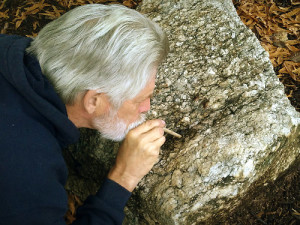 It’s surprising how useful a simple hollow tube can be when you are on bivouac and living outdoors. We are used to referring to these tubes as straws and in an urban environment are readily available but in the field they can be improvised from a variety of plants. But before we explore those resources let’s first look at their uses.
It’s surprising how useful a simple hollow tube can be when you are on bivouac and living outdoors. We are used to referring to these tubes as straws and in an urban environment are readily available but in the field they can be improvised from a variety of plants. But before we explore those resources let’s first look at their uses.
The most common use for a straw is for drinking a liquid, primarily water. It is generally a matter of convenience and lessens the need to bow as low to drink out of a stream or shallow-dug well but there may be more difficult circumstances like a hollow in a rock or log that might prove difficult to access water otherwise.
Another use for a straw is to be used as a blow pipe for firecraft. Sometimes it’s expedient to focus airflow onto a struggling ember often to revive the remains of the previous night’s campfire. In this case the “longer the better” is advised to distance yourself from the ensuing heat. Yet another application of a straw is that it can be used as a turkey or varmint call when you make a “kissing” sound at one end. It helps to amplify and enhance the sound that you create and draws in your prey.
So, where do you find tubes in the field to fashion a straw? Here in Northwest North Carolina there are groves of bamboo that are excellent for this use but there is a native plant found throughout the Eastern U.S. that is similar in structure and is known as River Cane. Both of these plants have hollow segments that can be cut out from between the nodes. They are sturdy and can provide very usable lengths.
Realizing that other regions may not have those resources I began to look for other plants with hollow stems. At this writing it is Fall so stem conditions might be different than in the Spring but I was delighted to discover that Day Lilies have very suitable hollow stems that are long. I also found Jewel Weed stems to be hollow but shorter in length. Certain tall grasses have hollow stems at their base. Out of season now but tall dandelions have hollow stems and even though they ooze a milky latex when picked are safe and not toxic in such a small quantity. Umbriel type plants have hollow stems but beware of Poison Hemlock that has purple spots on the stem that may not show when dry in the Winter.
In any case, you might try using these natural straws and see if they make your bivouac experience a little easier and perhaps solve an emergency water access problem that you may encounter.


